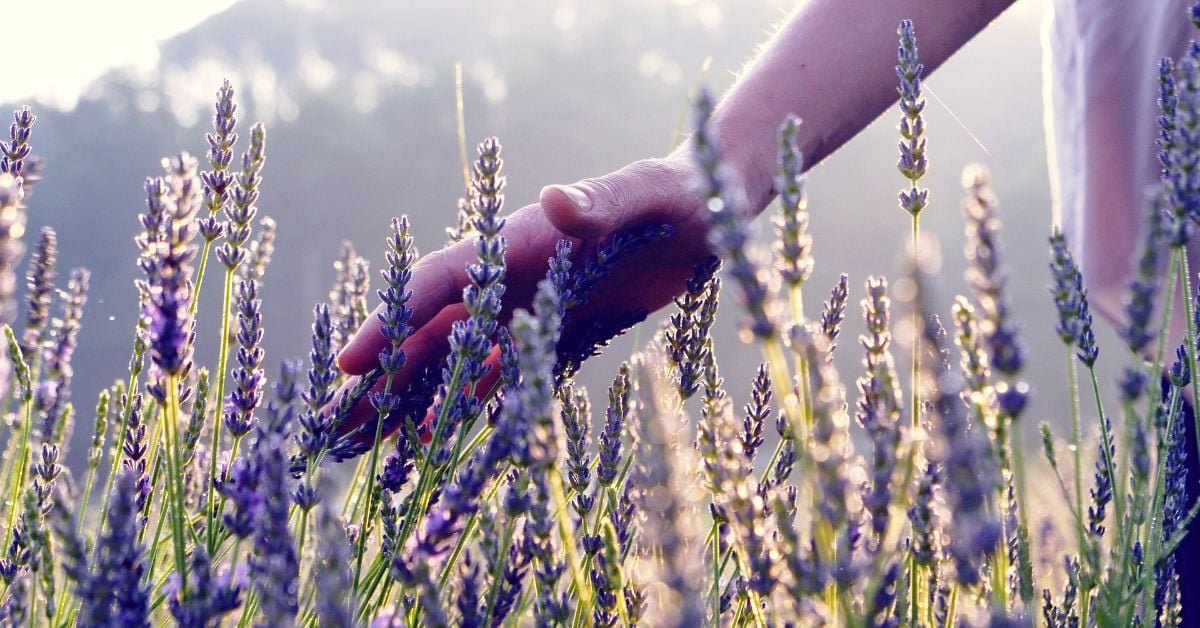Table of Contents
One of the most popular flowers is the lovely lavender; it has a seductive scent that will undoubtedly enhance the beauty of our gardens. It is allegedly referred to as Semi-Shrubs. For pollination, this bloom also draws bees and butterflies.
However, you need to take really good care of the plant and prune it appropriately for good lavender bushes if you want to have healthy, attractive-looking lavender. If the lavender plant is not pruned correctly, it will eventually turn woody and ugly.
Lavender’s flowering will be enhanced by routine pruning. Pruning lavender is easy if you follow the correct steps.
When to Prune Lavender Plants in the UK
What is the best time to prune the lavender plant is the first and most crucial issue that arises. Consequently, the plant needs to be clipped twice: once after harvest in the autumn and again in the spring. Twice-yearly pruning will keep your plant healthy and produce new, fragrant blossoms.
Only prune young plants when their roots have fully developed. It is not advised to prune immature, tiny plants. There isn’t much pruning required. Heavy pruning is required for plants that are mid-aged. If the plant is correctly pruned at this point, it will develop into its optimum shape.
And later, when the plant grows older, keep pruning in regular intervals to keep it in the best shape and healthy.
Types of Lavenders and Their Pruning Season
Based on when they bloom, there are primarily three types of lavenders. Some varieties of lavender bloom in the early spring, while others do so in the latter part of the summer. The blooming season may vary from region to region, as in some places; spring may occur early due to the climatic conditions.
1. Lavandula Stoechas
Lavandula stoechas is also called Spanish Lavender. It blooms in early May to late summer and early autumn and is the least hardy of all lavender varieties. It differs from other varieties by having a brief blossom with ear-shaped bracts and fragrant petals. For those who want to plant large quantities of lavender, this variety is a great choice. This lavender plant can be tailored for the next seasons by lightly pruning it above the root.
2. Lavender Angustifolia
Lavender Angustifolia is also known as English lavender and common lavender. Large amounts of this lavender are planted in order to harvest its oil. These kinds are typically grown in large plantings. Beginning in early May, the blossoming starts in June or July. This lavender has solitary, long, narrow, greenish leaves and few blooms. The first flowering season of this lavender can be followed by pruning.
3. Lavender X Intermedia
This type is the hybrid type of lavender, and it has numerous subvarieties. Compared to English Lavender, it has longer stems and spikes. Typically, they blossom in the late summer. Due to its lengthy stems, this kind requires severe pruning after the flowering season.
How to Prune Lavender
1. Pruning the Baby Plants
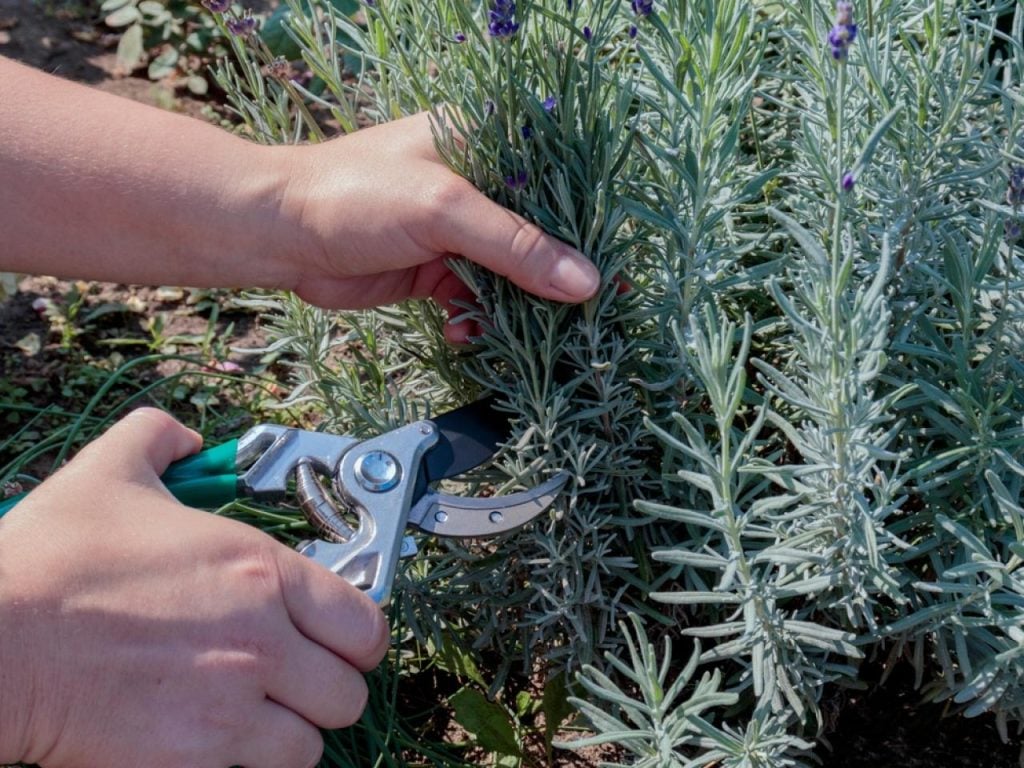
- Start trimming your lavender plant when it is still young to promote the plant’s growth and establish a good habit.
- To establish the plant in good shape and ensure intense blooming later, when it grows large, prune it by cutting the tip of the young plant.
- Since the plant is still young at this point, little trimming is necessary to prevent woody development.
- The first time you cut a plant, it usually produces more blossoms. Prior to the arrival of autumn, make sure to prune once more.
2. Pruning of Matured Plants
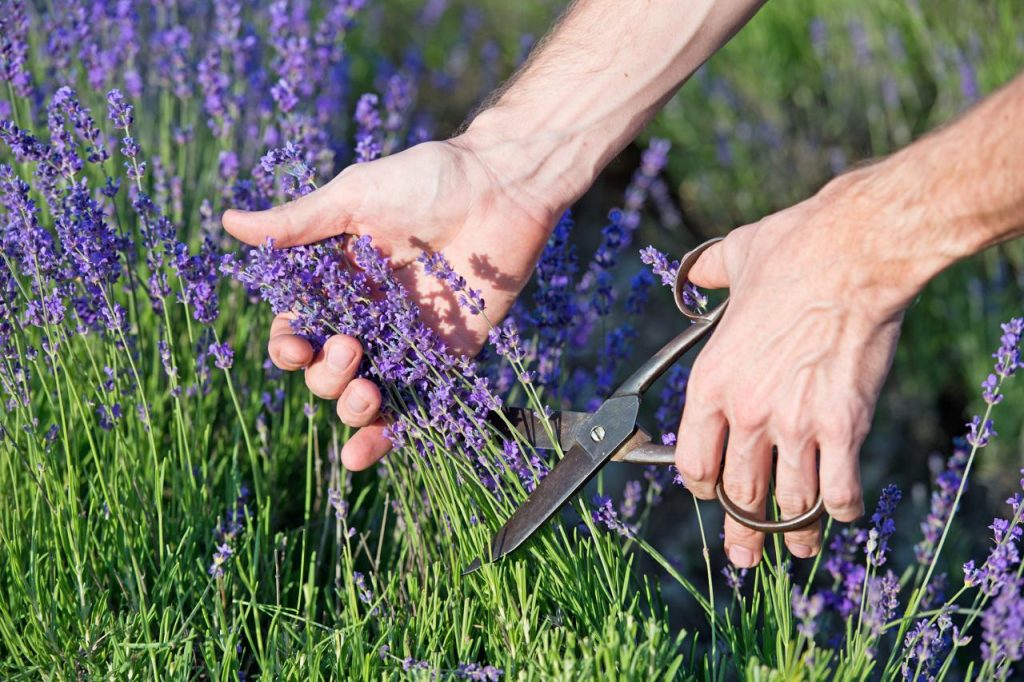
- The plant will develop more quickly once it is mature. You should adhere to frequent trimming plans to keep the plant healthy and in good condition.
- Trim back all of the stems by at least one-third of the plant after the flowering period has ended.
- Find any plants with a woody foundation and trim them. Cut the woody portion 2-3 inches above the stem for a soft, green growth.
- Lavender can grow in good form at this point, so prune it carefully to achieve the desired shape.
3. Pruning Lavender in Spring
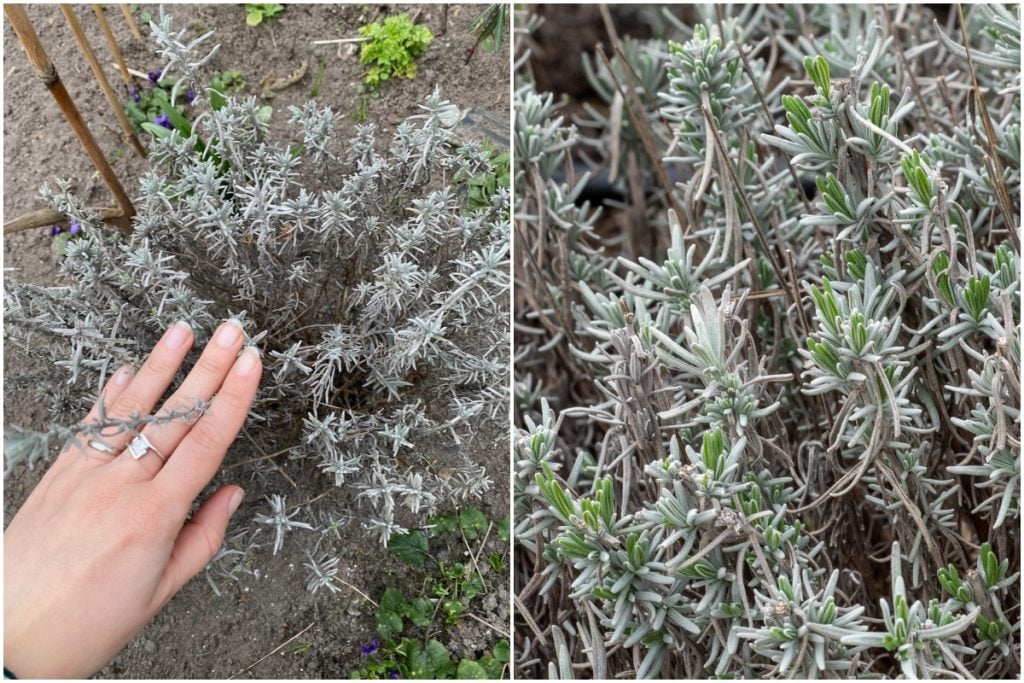
- The lavender plant should be pruned in the spring. It will promote plant development and aid in getting rid of unwelcome woody growth.
- Even if you pruned your lavender in the summer of last year, you still need to prune in the spring.
- Pruning in the spring encourages plant growth and results in abundant flowering in the summer.
- The lavender won’t survive if you cut it in a wooded area.
- In order to cut the stem above the woody section, use clean, sharp equipment. Cut with shears or hedge shears.
4. Pruning Woody Lavender
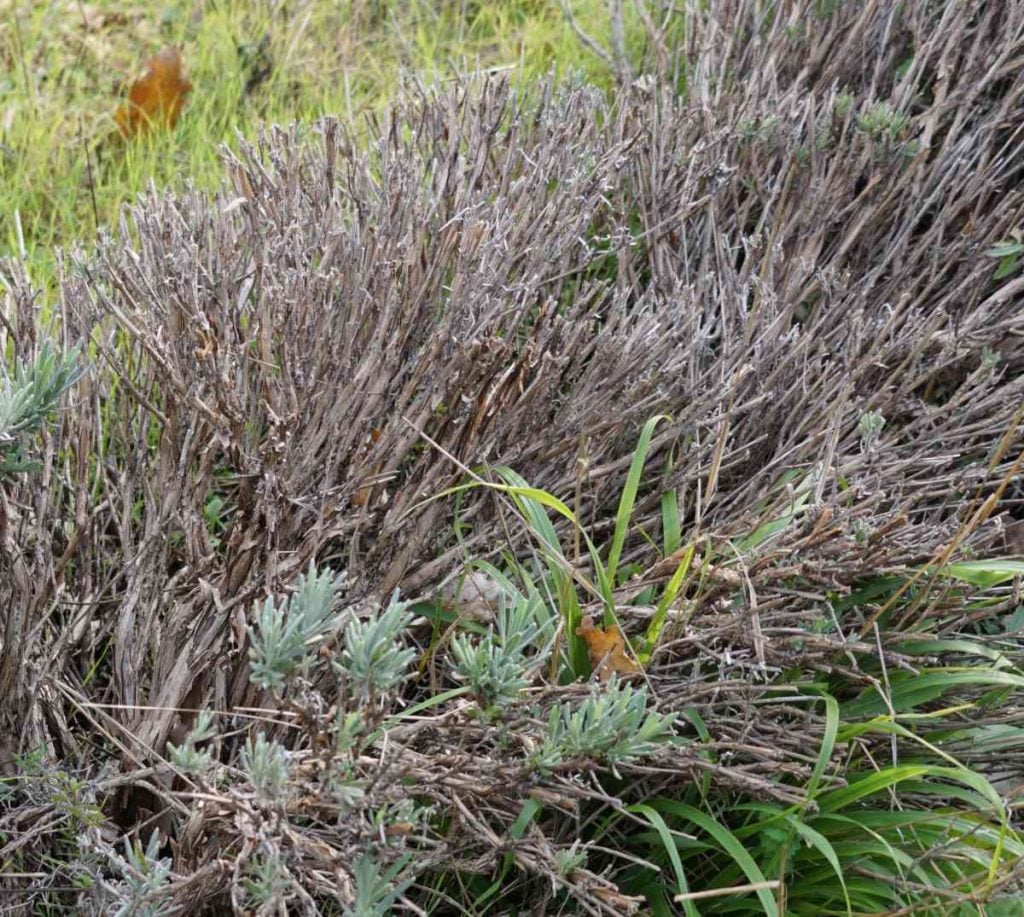
- The lengthy, woody stems that the lavender plant produces as it ages could harm your plant.
- But you can encourage growth if you know how to prune lavender properly.
- Cutting into woody areas should be avoided; however, at this point, as the plant ages, it can control growth.
- Examine the growth nodes carefully when you cut into the woody because they can aid in the growth of a woody lavender plant.
- Cutting into a wooded area and using some of the semi-ripped cuttings to create a new plant is a somewhat risky technique.
Tools You Will Need to Prune Lavender
1. Use Gardening Gloves for safety and protection.
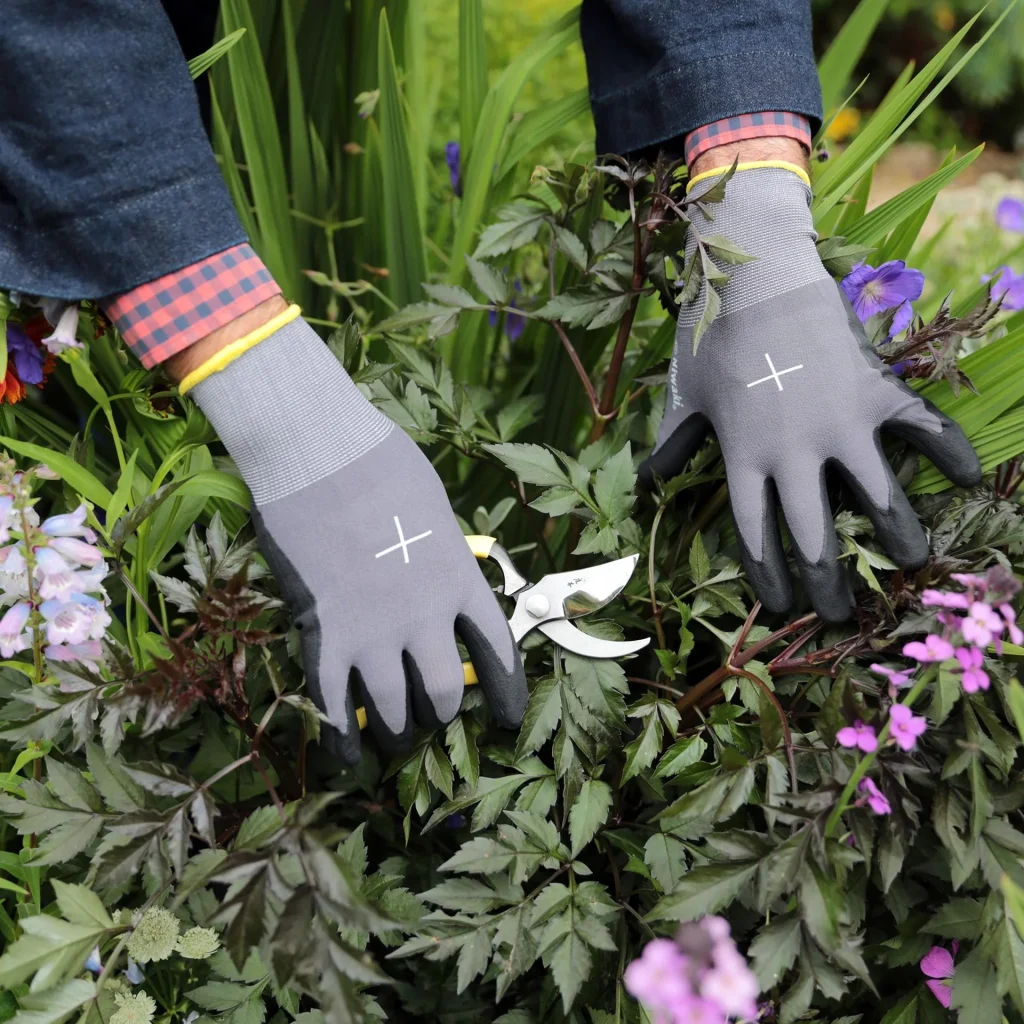
2. Use Hand Pruners for cutting stems.
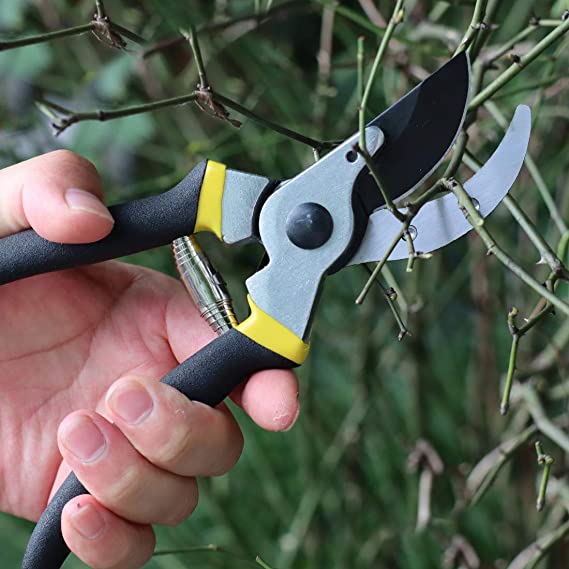
4. Soil knife for shaping the plant.
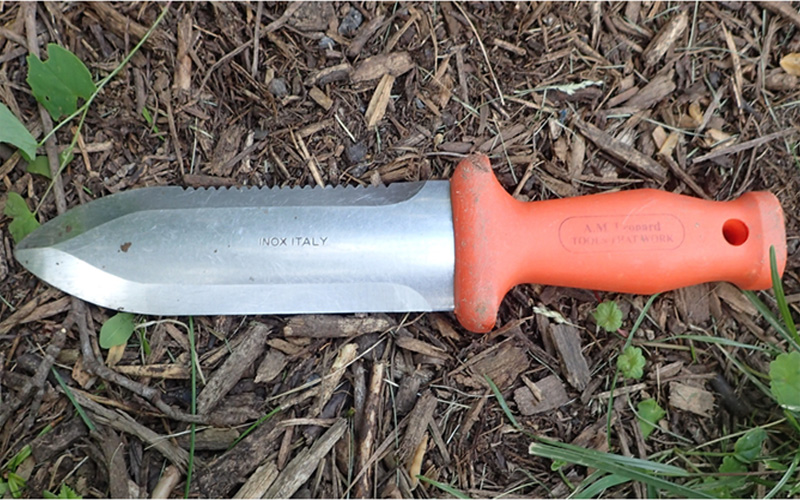
Tips for Pruning Lavender
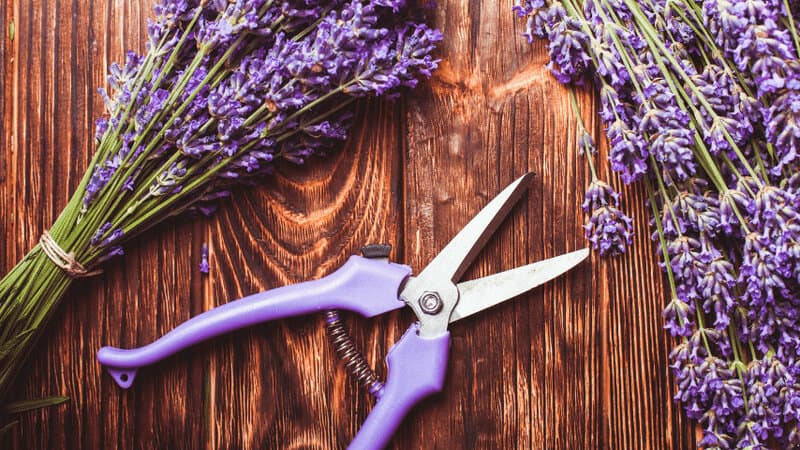
- Ensure that the pruning equipment you are using has been thoroughly cleaned.
- Never trim near a wooded area.
- The lavender stem may become brittle and woody in the summer from too much water.
- To stop the plant from producing issues, prune during the typical growing season.
- Always leave some green on the plant after pruning in order to prevent frost damage to the plant.
- Lavender plants should always be pruned twice a year.
- Never cut back a lavender plant’s woody sections.
Final Thoughts
Any season calls for lavender, one of the most beautiful and vivid flowers, in your garden. Because of its relaxing scent, it is a favourite of practically everyone. Growing this plant is generally not too difficult, as we discussed in the last article about lavender pruning.
A rich lavender blush can be achieved by taking some cautious measures. You may always cut fresh flowers from this plant and use them in an interior bouquet as one of its many uses.
Tea and flavouring can both be made with this lavender. The majority of growers also extract oil from the plant, which has a lot of advantages.
Frequently Asked Questions
Where to Cut Lavender?
Cut the lavender above any woody or dead growth to encourage healthy regrowth. You will experience more flowering flushes following the flowering season.
Why is It Important to Prune Lavender?
Lavender pruning is a straightforward process, yet it is crucial to the plant’s upkeep. If the lavender plant is not pruned correctly, it will become more susceptible to illnesses, woody, and may even affect the plant’s growth.
How Do You Prune Lavender Correctly?
For strong, established growth when pruning lavender, spring is the ideal time to remove about two-thirds of the plant. After the summer blooming period, prune the plant by more than half. Young plants only need more pruning compared to adult plants.

